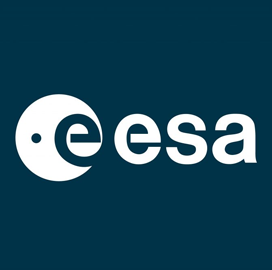
Space vehicles
ESA Adds Laser Interferometer Space Antenna to its Mission Schedule
The European Space Agency has added the Laser Interferometer Space Antenna to its mission lineup, with a launch expected in the mid-2030s.
NASA will play a vital role in developing LISA, supplying several key components and engineering support. The U.S. space agency will provide devices that help reduce disturbances from electromagnetic charges.
Three spacecraft will make up LISA, flying in a triangular formation, following Earth in its orbit. The space vehicles will track internal test masses affected by gravity. It will also continuously fire lasers to detect gravitational waves in space, NASA .gov reported.
Mark Clampin, director of the astrophysics division at NASA, said the initiative will provide scientists with a panoramic view, providing a broad range of sources within the galaxy and those beyond it.
NASA has been working on LISA for years. In September 2022, it tapped Ball Aerospace and Technology to provide the laser prestabilization system under an $11.9 million contract.
LISA is not the first time the two space agencies have collaborated on a project. In July 2021, NASA and ESA entered into a strategic agreement to work on observing the Earth and charting climate changes.

Category: Space




